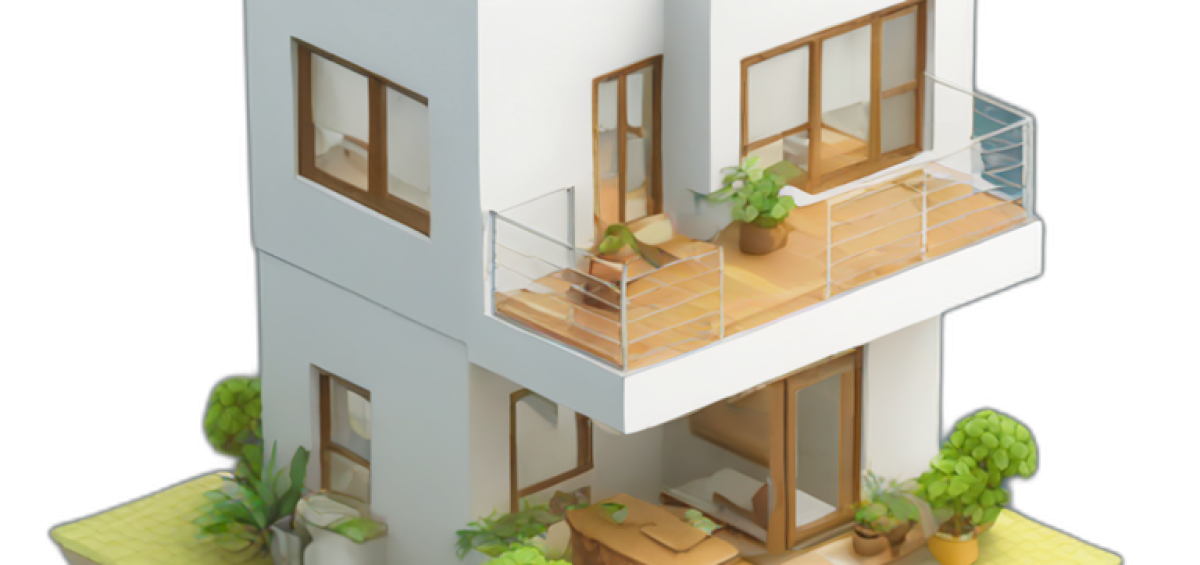Making your home accessible for everyone not only improves comfort but also ensures inclusivity for individuals with mobility issues, including any elderly family members and those with disabilities.
However, many homeowners might hesitate, fearing the high costs associated with such modifications. Fortunately, there are numerous budget-friendly ways to enhance home accessibility.
In this information blog, we highlight cost-effective strategies that you can use to make your home welcoming for all.
Read on to find out more!
Budget-Friendly Ways To Improve Your Home Accessibility
With various methods available to make your home more accessible, which is the best one for you? Read through your options below to decide which may be best suited for your home and family needs.
Method #1 Install Grab Bars in Critical Areas
One of the simplest and most effective modifications you can make is to install grab bars in various parts of your home. These are especially useful in bathrooms, near the toilet and in the shower or bath, where slips are more likely. Grab bars provide stability for anyone who needs extra support navigating these areas. The cost of grab bars is relatively low, and they can be installed without professional help if you have basic DIY skills.
Method #2 Ramps Instead of Stairs
For homes with steps at the entrance or inside, consider installing ramps. Ramps provide an easy-access alternative for wheelchair users or anyone who finds stairs challenging. Portable ramps offer a flexible solution as they can be removed or repositioned as needed, and are generally less expensive than building permanent ramps.
Method #3 Widen Doorways
Narrow doorways can be a barrier for wheelchair users. Widening a doorway is more of an investment than some other modifications, but it dramatically increases accessibility. If permanent changes are out of your budget, consider removable expanders that can temporarily widen doorways during the times they’re most needed.
Method #4 Lighting Improvements
Good lighting is essential for safety and accessibility. It helps everyone get around their home more safely, especially those with poor vision. A great energy-efficient way to achieve this includes installing motion sensor lights that automatically turn on when someone is moving around. These are particularly useful in hallways, staircases, and bathrooms.
Another effective and modern way to modify your home to let in as much light as possible is by adding a glass extension. Due to glass being transparent, you’ll be able to let in as much natural light without having to use your electricity – which also helps to keep the bills down during the day!
Method #5 Use Contrasting Colours for Safety
Using contrasting colours to highlight different areas like stair edges, door frames, and floor transitions can help those with vision impairments detect changes in space and depth. This is a very cost-effective strategy that involves minimal outlay, as it can be achieved with different coloured paints or adhesive tapes.
Method #6 Lever Handles Instead of Knobs
Switching out knobs for lever handles on doors and faucets is an easy swap that makes a big difference. Levers are much easier to use for people who have limited hand strength and dexterity, such as those suffering from arthritis. This modification is not only affordable but also easy to install on your own.
Method #7 Consider Second-Hand Mobility Aids
For bigger investments, like stairlifts, looking into second-hand options can save you a significant amount of money. Used stairlifts from Halton Stairlifts and other reputable brands provide a more cost-effective option while still promising exceptional quality that you can rely on. Don’t worry, they’re thoroughly checked and serviced to ensure your safety and give you peace of mind.
Method #8 Smart Home Technology
Integrating smart home technology can enhance accessibility through voice-activated systems or smartphone controls. Smart devices allow individuals to control lighting, heating, security, and even window blinds at the touch of a button or with a simple voice command. The market for smart home devices has become increasingly affordable, making this a viable option for enhancing home accessibility.
Make Everyone Feel Welcome At Your Home!
Making your home accessible doesn’t have to be expensive. With some smart planning and simple changes, you can significantly improve life at home for everyone.
Simple updates like adding grab bars in the bathroom and improving the lighting can make a big difference. For bigger changes, such as adding a stairlift, you can utilise second-hand models to keep your renovation costs within your budget.
These affordable improvements help ensure that your home meets the needs of all who visit or live there which shows that you care and are committed to creating an inclusive, welcoming space for everyone.

